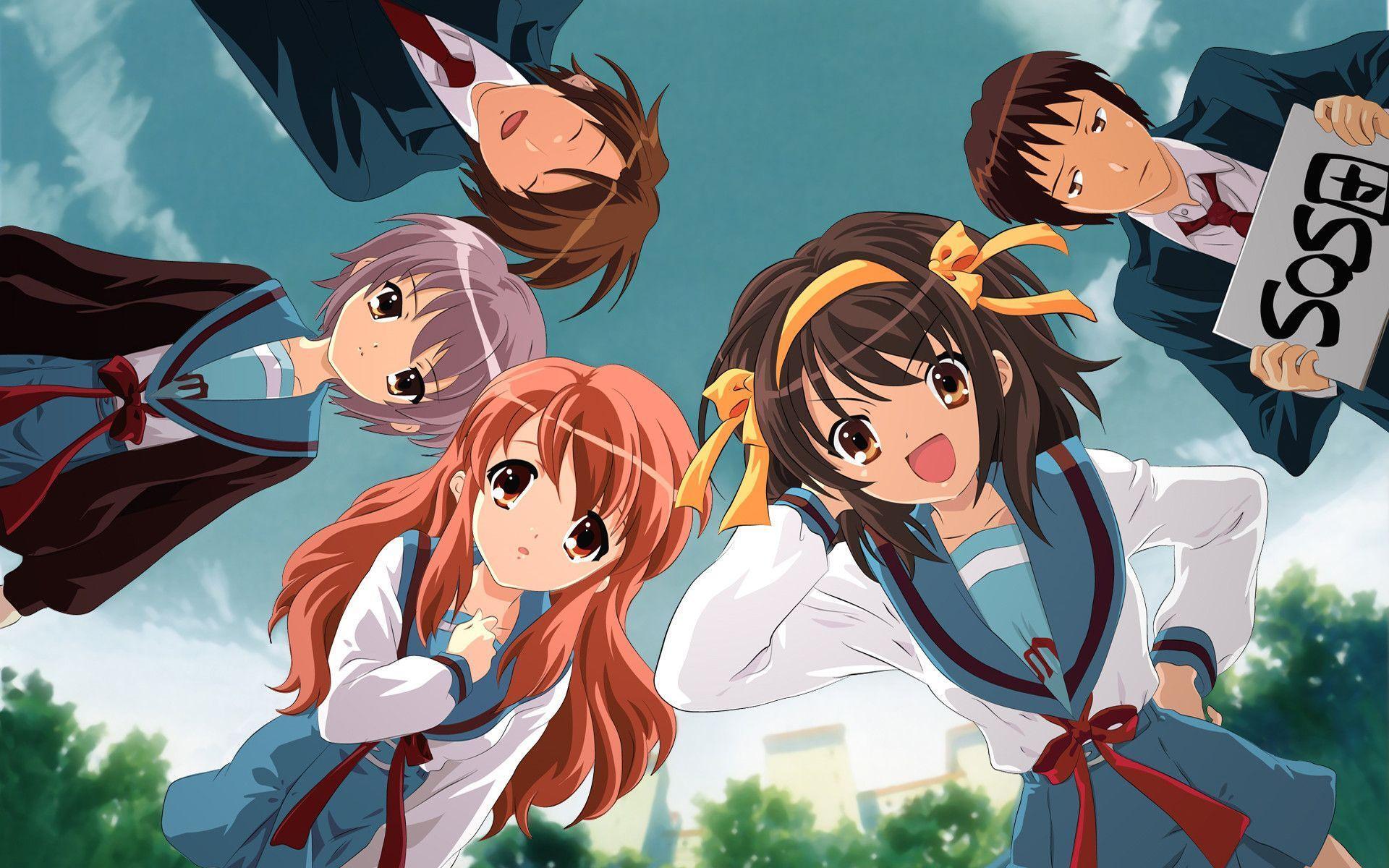简介
移动的和 PC 端有什么不同呢?同样的 H5 可以运行在 APP 端,也可以运行在 PC 端。两者最大的区别就是移动端可以用手势。手势可以做到一些比如左滑右滑,上滑下滑,缩放等操作。
原生的 andorid 和 IOS 当然可以做到这些事情,作为一个移动的的开发框架 flutter,自然也能够支持手势。flutter 中的手势支持叫做 GestureDetector,一起来看看 flutter 中的手势基础吧。
Pointers 和 Listener
我们先来考虑一下最简单的手势是什么呢?很明显,最简单的手势就是模拟鼠标的点击操作。我们可以将其称之为 Pointer event,也就是各种点击事件。
flutter 中有四种 Pointer 事件,这些事件如下所示:
PointerDownEvent --表示用手点击了屏幕,接触到了一个 widget。
PointerMoveEvent --表示手指从一个位置移动到另外一个位置。
PointerUpEvent --手指从点击屏幕变成了离开屏幕。
PointerCancelEvent --表示手指离开了该应用程序。
那么点击事件的传递机制是什么样的呢?
以手指点击屏幕的 PointerDownEvent 事件为例,当手指点击屏幕的时候,flutter 首先会去定位该点击位置存在的 widget,然后将该点击事件传递给该位置的最小 widget.
然后点击事件从最新的 widget 向上开始冒泡,并将其分派到从最里面的 widget 到树根的路径上的所有 widget 中。
注意,flutter 中并没有取消或停止进一步分派 Pointer 事件的机制。
要想监听这写 Pointer 事件,最简单直接的办法就是使用 Listener:
class Listener extends SingleChildRenderObjectWidget { /// Creates a widget that forwards point events to callbacks. /// /// The [behavior] argument defaults to [HitTestBehavior.deferToChild]. const Listener({ Key? key, this.onPointerDown, this.onPointerMove, this.onPointerUp, this.onPointerHover, this.onPointerCancel, this.onPointerSignal, this.behavior = HitTestBehavior.deferToChild, Widget? child, }) : assert(behavior != null), super(key: key, child: child);
复制代码
可以看到 Listener 也是一种 widget,并且可以监听多种 Pointer 的事件。
我们可以把要监听 Pointer 的 widget 封装在 Listener 中,这样就可以监听各种 Pointer 事件了,具体的例子如下:
Widget build(BuildContext context) { return ConstrainedBox( constraints: BoxConstraints.tight(const Size(300.0, 200.0)), child: Listener( onPointerDown: _incrementDown, onPointerMove: _updateLocation, onPointerUp: _incrementUp, child: Container( color: Colors.lightBlueAccent, child: Column( mainAxisAlignment: MainAxisAlignment.center, children: <Widget>[ const Text( 'You have pressed or released in this area this many times:'), Text( '$_downCounter presses\n$_upCounter releases', style: Theme.of(context).textTheme.headline4, ), Text( 'The cursor is here: (${x.toStringAsFixed(2)}, ${y.toStringAsFixed(2)})', ), ], ), ), ), );
void _incrementDown(PointerEvent details) { _updateLocation(details); setState(() { _downCounter++; }); }
void _incrementUp(PointerEvent details) { _updateLocation(details); setState(() { _upCounter++; }); }
void _updateLocation(PointerEvent details) { setState(() { x = details.position.dx; y = details.position.dy; }); }
复制代码
但是对于 Lisenter 来说只能监听最原始的 Pointer 事件,所以如果想监听更多类型的手势事件的话,则可以使用 GestureDetector.
GestureDetector
GestureDetector 可以检测下面这些手势,包括:
Tap
Tap 表示的是用户点击的事件,Tap 有下面几种事件:
onTapDownonTapUponTaponTapCancel
复制代码
Double tap
Double tap 表示的是双击事件,Double tap 只有一种类型:
Long press
Long press 表示的是长按。也只有下面一种类型:
Vertical drag
Vertical drag 表示的是垂直方向的拉,它有三个事件,分别是:
onVerticalDragStartonVerticalDragUpdateonVerticalDragEnd
复制代码
Horizontal drag
有垂直方向的拉,就有水平方向的拉,Horizontal drag 表示的是水平方向的拉,它同样有三个事件,分别是:
onHorizontalDragStartonHorizontalDragUpdateonHorizontalDragEnd
复制代码
Pan
Pan 这个东西可以看做是 Vertical drag 和 Horizontal drag 的合集, 因为有时候我们是希望同时可以水平或者垂直移动,在这种情况下面,我们就需要使用到 Pan 的事件:
onPanStartonPanUpdateonPanEnd
复制代码
注意, Pan 是和单独的 Vertical drag、Horizontal drag 是相互冲突的,不能同时使用。
要想监听上面的这些事件,我们可以使用 GestureDetector,先看下 GestureDetector 的定义:
class GestureDetector extends StatelessWidget { GestureDetector({ Key? key, this.child, this.onTapDown, this.onTapUp, this.onTap, this.onTapCancel, this.onSecondaryTap, this.onSecondaryTapDown, this.onSecondaryTapUp, this.onSecondaryTapCancel, this.onTertiaryTapDown, this.onTertiaryTapUp, this.onTertiaryTapCancel, this.onDoubleTapDown, this.onDoubleTap, this.onDoubleTapCancel, this.onLongPressDown, this.onLongPressCancel, this.onLongPress, this.onLongPressStart, this.onLongPressMoveUpdate, this.onLongPressUp, this.onLongPressEnd, this.onSecondaryLongPressDown, this.onSecondaryLongPressCancel, this.onSecondaryLongPress, this.onSecondaryLongPressStart, this.onSecondaryLongPressMoveUpdate, this.onSecondaryLongPressUp, this.onSecondaryLongPressEnd, this.onTertiaryLongPressDown, this.onTertiaryLongPressCancel, this.onTertiaryLongPress, this.onTertiaryLongPressStart, this.onTertiaryLongPressMoveUpdate, this.onTertiaryLongPressUp, this.onTertiaryLongPressEnd, this.onVerticalDragDown, this.onVerticalDragStart, this.onVerticalDragUpdate, this.onVerticalDragEnd, this.onVerticalDragCancel, this.onHorizontalDragDown, this.onHorizontalDragStart, this.onHorizontalDragUpdate, this.onHorizontalDragEnd, this.onHorizontalDragCancel, this.onForcePressStart, this.onForcePressPeak, this.onForcePressUpdate, this.onForcePressEnd, this.onPanDown, this.onPanStart, this.onPanUpdate, this.onPanEnd, this.onPanCancel, this.onScaleStart, this.onScaleUpdate, this.onScaleEnd, this.behavior, this.excludeFromSemantics = false, this.dragStartBehavior = DragStartBehavior.start, })
复制代码
可以看到 GestureDetector 是一个无状态的 Widget,它和 Listner 一样,可以接受一个 child Widget,然后监听了很多手势的事件。
所以, 一般来说,我们这样来使用它:
GestureDetector( onTap: () { setState(() { // Toggle light when tapped. _lightIsOn = !_lightIsOn; }); }, child: Container( color: Colors.yellow.shade600, padding: const EdgeInsets.all(8), // Change button text when light changes state. child: Text(_lightIsOn ? 'TURN LIGHT OFF' : 'TURN LIGHT ON'), ), ),
复制代码
注意, 如果 GestureDetector 中有 child,那么 onTap 的作用范围就在子 child 的范围。如果 GestureDetector 中并没有 child,那么其作用范围就是 GestureDetector 的父 widget 的范围。
手势冲突
因为手势的监听有很多种方式,但是这些方式并不是完全独立的,有时候这些手势可能是互相冲突的。比如前面我们提到的 Pan 和 Vertical drag、Horizontal drag。
如果遇到这样的情况,那么 futter 会自行进行冲突解决,去选择到底用户执行的是哪个操作。
比如,当用户同时进行水平和垂直拖动的时候,两个识别器在接收到指针向下事件时都会开始观察指针移动事件。
如果指针水平移动超过一定数量的逻辑像素,则水平识别器获胜,然后将该手势解释为水平拖动。 类似地,如果用户垂直移动超过一定数量的逻辑像素,则垂直识别器获胜。
总结
手势识别是移动端的优势项目,大家可以尝试在需要的地方使用 GestureDetector,可以达到意想不到的用户效果哦。
更多内容请参考 http://www.flydean.com/05-flutter-gestures/
最通俗的解读,最深刻的干货,最简洁的教程,众多你不知道的小技巧等你来发现!
欢迎关注我的公众号:「程序那些事」,懂技术,更懂你!












评论